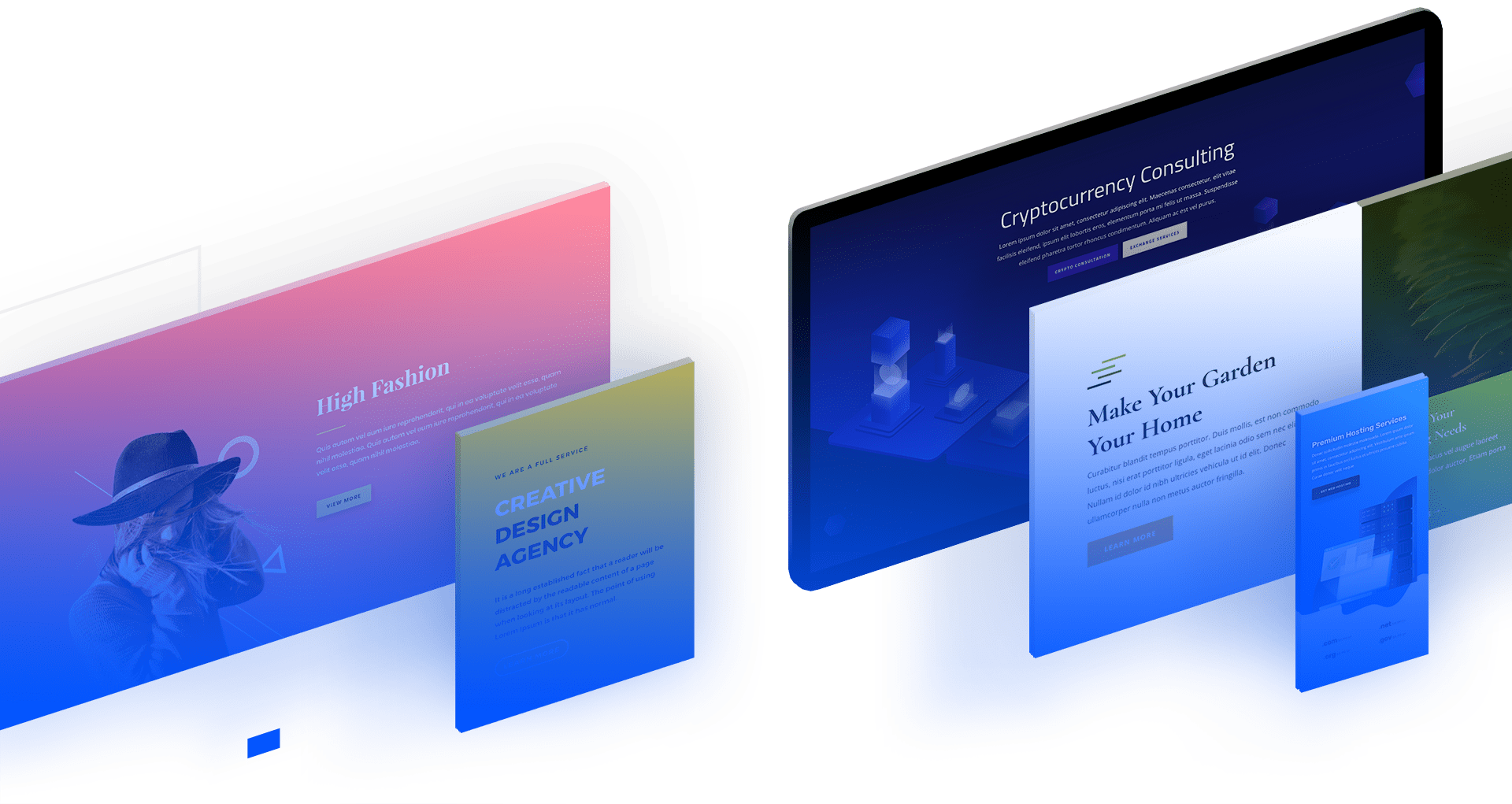How to Build Your Own Website
APPLENETAt AppleNet, we specialize in designing a diverse range of tailored websites to meet your unique needs:
Company Websites, rand and business, Personal Websites, Online Stores, Community Websites, School Websites, Specialized Websites.

1. Determine the Purpose of the Website:
Clearly define the goals and objectives of your website. Knowing its purpose will help guide all subsequent decisions and development stages.
2. Consult with Web Design Companies to Understand Pricing:
Contact various web design companies to get an idea of the costs involved. Note that prices vary depending on the type of website:
Community Websites vs. Corporate Websites: Community websites typically have different requirements and features compared to corporate websites.
Static Websites vs. Dynamic Websites: Static websites, which do not allow you to update content yourself, are usually less expensive. Dynamic websites, which include a content management system (CMS) allowing you to manage and update content independently, are more costly but provide more flexibility and control.
3. Choose Hosting and Domain Services:
Hosting (Server): Decide where your website will be hosted. You can either lease a server yourself or use the hosting services provided by the web design company. It is recommended to lease your own server as it gives you full control over your website. Leasing a server is usually inexpensive, often less than $10 per month.
Domain: Choose and register a domain name for your website.
4. Prepare Required Documents and Information:
If you have selected a web development company, promptly provide the following:
Website Design Examples: Look for similar websites online that can serve as references for your desired style and functionality.
Domain and Hosting Information: If you have leased your own server and registered your domain, provide these details.
Main Menu or Product Categories: Outline the primary navigation structure or product categories.
Content: Provide specific text, images, logos, and the website name that you want to include.
5. Collaborate with Design and Development Team:
Work closely with the designers and developers throughout the process to ensure the website meets your requirements and expectations.
6. Training on Website Management:
After the website is built, the design team should provide training on how to manage and update the website, including any CMS features.
7. Final Review and Payment:
Conduct a thorough review of the completed website to ensure it meets all specifications and requirements. Make the final payment, which typically includes a deposit paid at the start of the project.
By following these steps, you can ensure a smooth and successful website development process.

